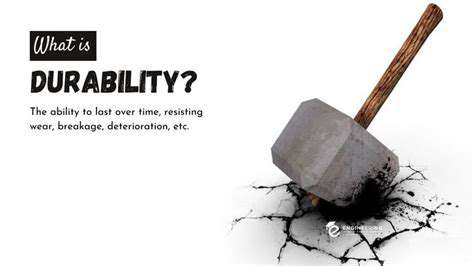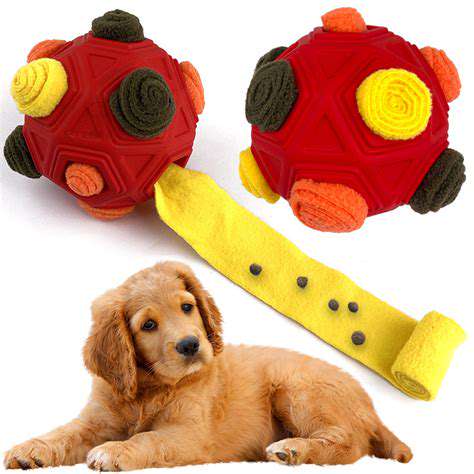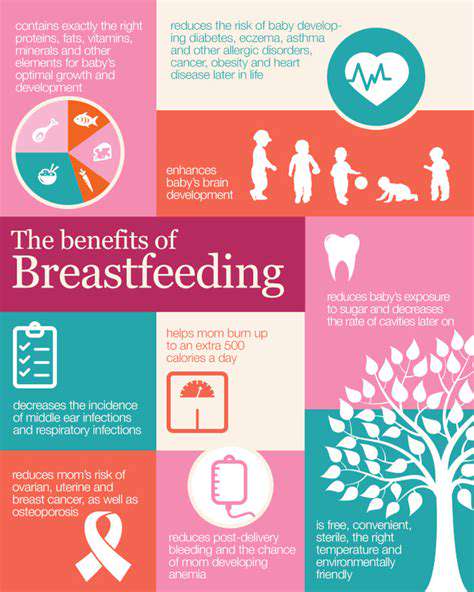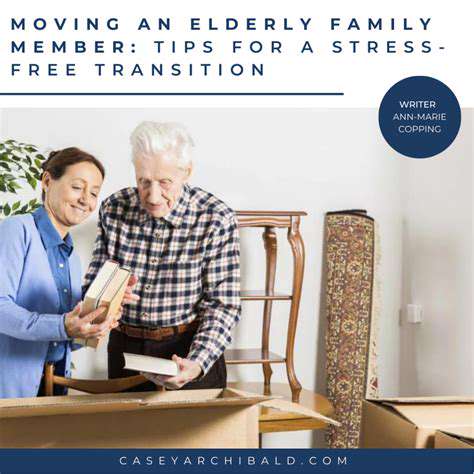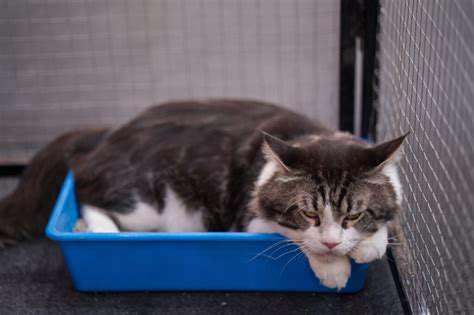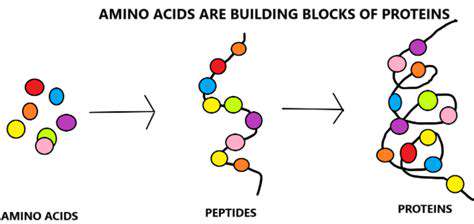Best Dog Crates for Travel and Training
Optimal Sizing Considerations
Crate dimensions directly influence your dog's wellbeing during transit. A too-small crate can cause physical discomfort and psychological stress, while an oversized crate may compromise safety during sudden stops or turbulence. Take precise measurements of your dog at their tallest and longest points, then add 2-3 inches for comfortable movement. The ideal crate permits your pet to stand without crouching, turn around freely, and stretch out when lying down. Different transportation methods impose unique size restrictions – airline cabins have stricter limits than personal vehicles, for instance.
Beyond basic measurements, consider your dog's travel habits. Anxious dogs might benefit from a slightly cozier space that provides a greater sense of security. For extended journeys, additional room for water bowls or comfort items becomes valuable. The crate's external dimensions must also fit within your vehicle's cargo area while allowing for proper securing with seat belts or cargo straps. Thoughtful sizing ensures both compliance with transport regulations and optimal comfort for your canine companion.
Advanced Safety Mechanisms
Modern travel crates incorporate various safety innovations that every pet owner should evaluate. Look for dual-locking mechanisms that require simultaneous actions to open – these prevent clever pets from escaping while allowing quick access in emergencies. The crate's frame should maintain stability under stress, with cross-bracing or reinforced joints that prevent collapse. Some premium models feature impact-absorbing materials in the base and sides for added protection during unexpected jolts.
Examine all potential pressure points where the crate might fail. Door hinges should operate smoothly while resisting forced entry, and any ventilation openings must be sized to prevent paw entrapment. For air travel, confirm the crate meets current IATA live animal regulations regarding bolt placement and structural integrity. Never compromise on safety features – they're your pet's primary defense against travel-related hazards.
Climate Control and Comfort
Effective ventilation systems distinguish superior travel crates from basic models. Multiple airflow channels on at least three sides create necessary cross-ventilation, preventing dangerous heat buildup. Mesh panels should use tightly woven, chew-resistant fabric that maintains airflow while withstanding persistent scratching. Some high-end crates incorporate modular ventilation – adjustable panels that can be opened wider in hot conditions or partially closed for drafts.
Interior comfort features transform a basic crate into a reassuring space for your pet. Removable, machine-washable padding makes cleanup simple while providing cushioning against vibrations. Non-slip flooring prevents sliding during acceleration or braking. For anxious travelers, some crates offer noise-reducing materials in the walls that dampen startling sounds. These thoughtful details can dramatically reduce travel stress for sensitive pets.
Hygienic Maintenance Features
Travel inevitably leads to messes, so smart crate designs simplify cleaning. Seek out crates with removable plastic trays that slide out for quick disinfecting – ideally with raised edges to contain spills. Smooth, non-porous interior surfaces resist odor absorption and allow complete sanitization. Some models feature antimicrobial coatings that inhibit bacterial growth between cleanings.
For extended trips, consider crates with integrated storage for cleaning supplies or disposable liners. The best designs allow complete disassembly without tools for thorough deep cleaning. Easy maintenance isn't just about convenience – it's essential for preventing the spread of pathogens during travel.
Training-Optimized Crate Selection
Size Selection for Training Success
Proper crate sizing forms the foundation of effective training. An ill-fitting crate can undermine even the most carefully planned training regimen. Puppies require special consideration – choose an adjustable crate with divider panels that can expand as your dog grows. For adult dogs, the crate should feel like a cozy den, not a cramped cage or overwhelming space. Observe your dog's natural sleeping positions to determine adequate length and height requirements.
Material Selection for Various Needs
The crate material significantly impacts both durability and training effectiveness. Heavy-duty steel crates offer maximum security for determined chewers, while reinforced plastic models provide insulation against temperature extremes. Fabric crates work well for house-trained adults in calm environments but lack the durability for regular travel. Consider your dog's temperament – anxious dogs may prefer the solid walls of plastic crates, while social dogs often adapt better to wire crates that maintain visibility.
Transport Considerations Beyond Weight
Modern crate designs address portability with innovative solutions. Collapsible frames with automatic locking mechanisms provide secure setup in seconds, while wheeled bases transform heavy crates into easily movable units. For vehicle transport, look for crates with integrated tie-down points that interface with standard car safety systems. Some models feature convertible designs that function as both stationary home crates and travel-ready carriers.
Comprehensive Safety Evaluation
Beyond basic construction, examine the crate's safety certifications. Look for independent testing seals that verify structural integrity under simulated crash conditions. Ventilation systems should provide adequate airflow even if the crate gets partially blocked by luggage. Reflective strips or light mounts significantly improve visibility during nighttime travel. These features collectively create a protected environment that supports positive training outcomes.
Breed-Specific Design Elements
Certain breeds benefit from specialized crate features. Brachycephalic breeds require exceptional ventilation, while large breeds need reinforced stress points. Research your breed's specific requirements – a Greyhound's crate needs differ substantially from a Bulldog's. Some manufacturers offer breed-specific models with tailored dimensions and features that address common breed characteristics.
